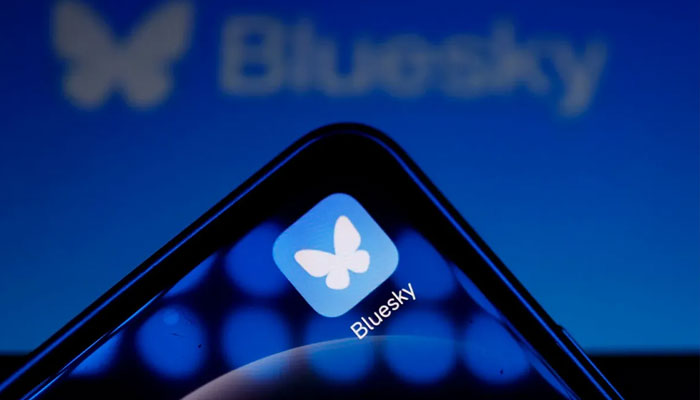
Bluesky, a decentralised social media platform, has seen a meteoric rise, gaining approximately one million users daily. With 16.7 million users so far, it offers an alternative to Elon Musk’s X (formerly Twitter), but what makes it stand out?
Bluesky basics
The platform’s interface resembles X, featuring posts, comments, and notifications. However, Bluesky is decentralised, enabling users to host data independently of the company’s servers. While most users adopt standard usernames ending in “.bsky.social,” Bluesky supports custom domains, adding a layer of verification and personalisation.
Ownership and origins
Jack Dorsey, Twitter’s co-founder, launched Bluesky in 2019 to create a decentralised alternative to his earlier venture. However, he stepped back from the project in 2024, leaving CEO Jay Graber to lead the company as a public benefit corporation.
User surge explained
Bluesky opened to the public in early 2024 after years of development. A recent surge in users followed political events, including Donald Trump’s election success and Musk’s support for his campaign, prompting some to leave X. High-profile endorsements from celebrities such as Greg Davies and Jamie Lee Curtis have further popularised Bluesky, which has topped app charts globally.
Funding challenges
Initially funded by venture capital, Bluesky aims to avoid ad-based revenue, exploring options like paid usernames. However, its long-term sustainability is uncertain, mirroring challenges faced by Twitter, which rarely turned a profit before Musk’s $44 billion acquisition.
While Bluesky’s future remains unpredictable, its rapid growth suggests it is carving out a space in the crowded social media landscape.













